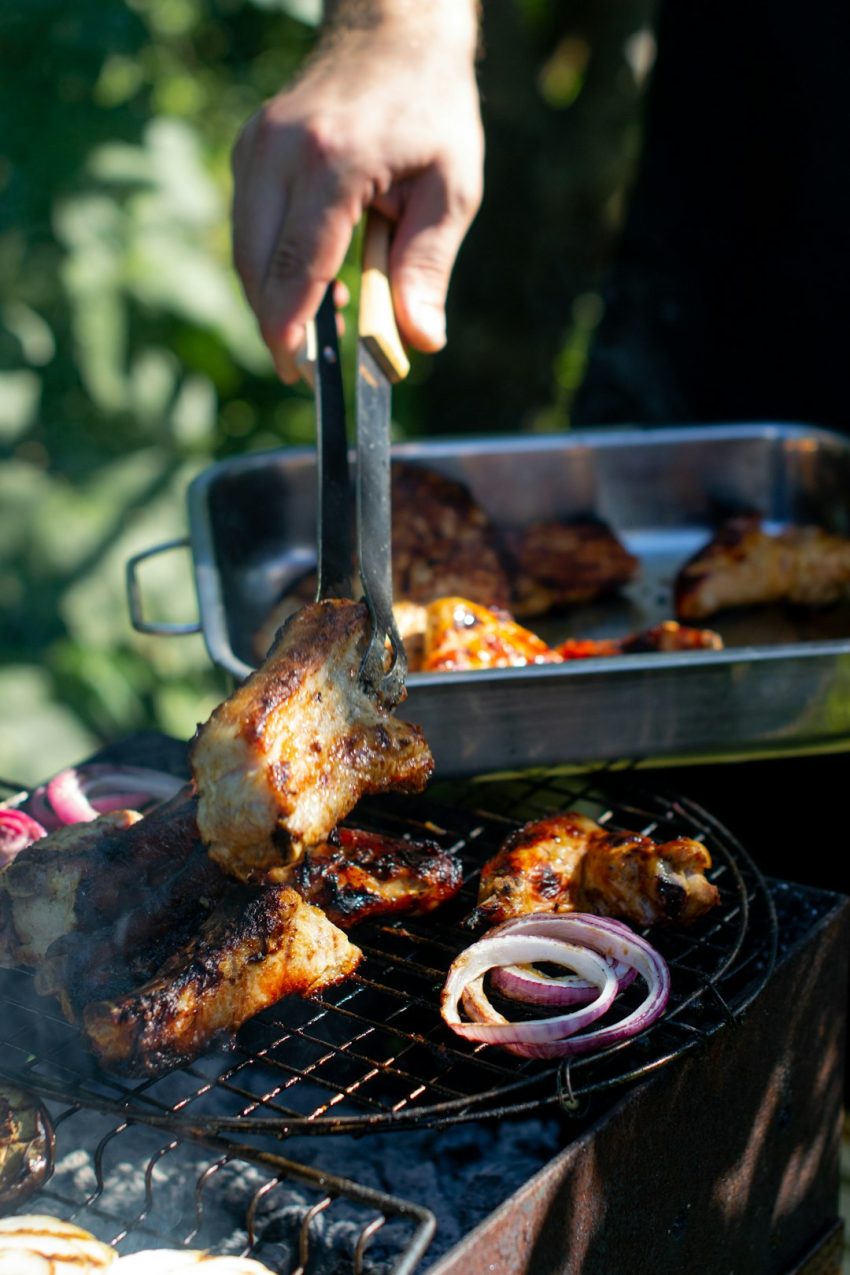To craft the perfect Smoked BBQ Brisket Recipe, start with a high-quality whole packer brisket, choosing the point cut for its abundant marbling and moisture retention. Create a signature rub with balanced spices like black pepper, salt, garlic powder, onion powder, paprika, cayenne pepper, chili powder, and brown sugar. Maintain a slow cooking temperature between 225°F–250°F (107°C–121°C) for even tenderness and flavor intensification. Slice the cooked brisket against the grain and serve with your choice of BBQ sauce or traditional sides like coleslaw and baked beans. Balance smoky meat with condiments, ensuring consistent, perfect results through precise temperature control, quality ingredients, and timely cooking.
Unleash your inner barbecue master with this comprehensive guide to crafting the perfect smoked brisket at home. From selecting the ideal cut of meat to mastering slow-cooking techniques, we’ll walk you through each step. Learn to create a mouthwatering rub, control smoking temperatures, and slice your brisket like a pro. This isn’t just a recipe; it’s an art form. Prepare to impress with a tender, juicy smoked BBQ brisket that will have your friends craving more.
- Choosing the Right Brisket Cut: A Solid Foundation
- Seasoning 101: Crafting Your Rub
- Mastering the Smoking Process: Temperatures and Techniques
- The Art of Slow Cooking: Braising for Tender Flesh
- Slicing and Serving: Presenting Your Perfect Brisket
- Pairing Suggestions: Complimentary Flavors
- Tips for Consistency: Perfection Every Time
Choosing the Right Brisket Cut: A Solid Foundation
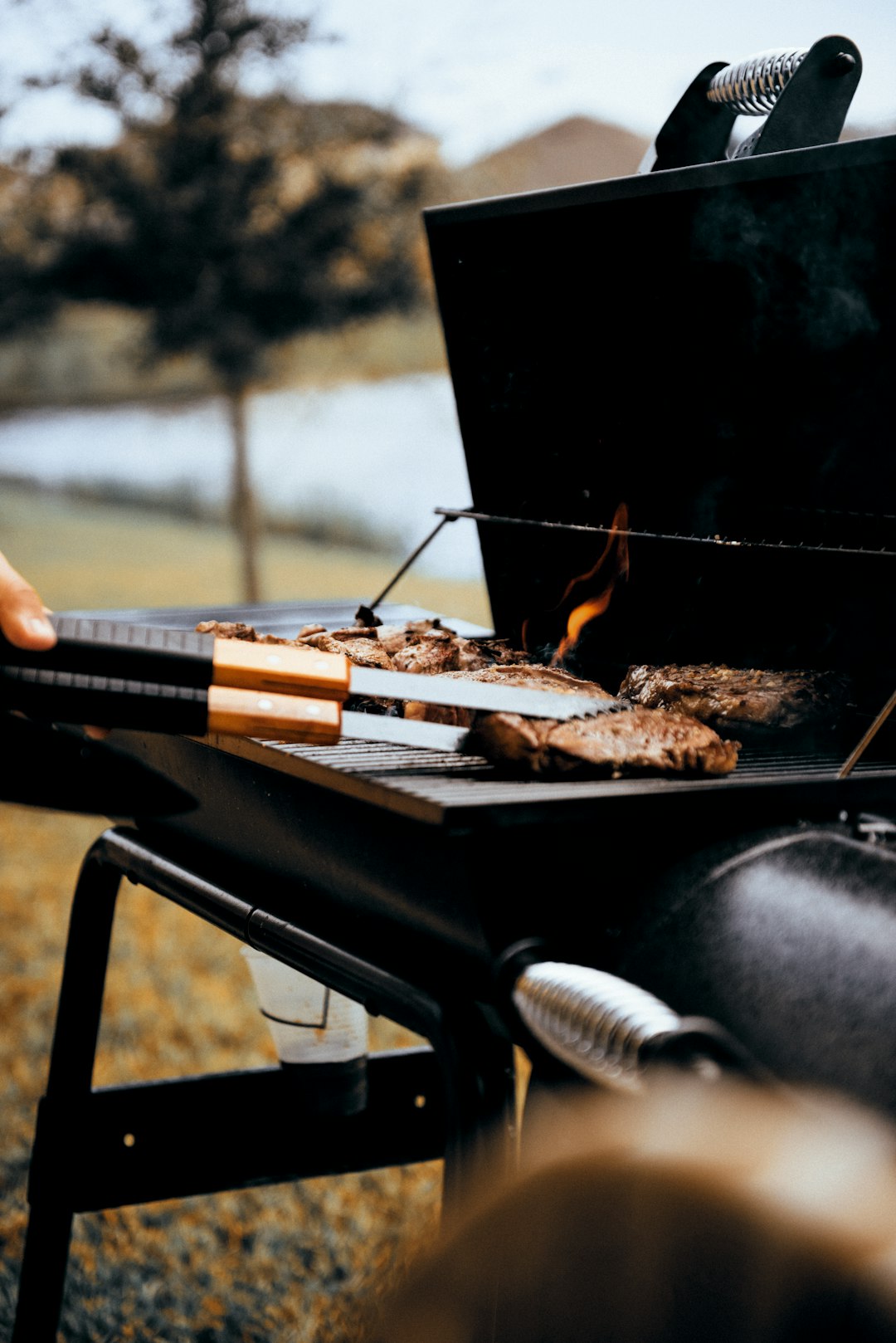
Choosing the right cut of brisket is a solid foundation for achieving perfection in your smoked BBQ brisket recipe. Look for a whole packer brisket with good marbling—the fat streaks running through the meat. This fat renders during slow cooking, adding rich flavor and keeping the brisket tender. Avoid flat cuts, which are leaner and can become tough when smoked. The point cut, with its robust marbling and well-distributed fat, is ideal for maximum juice and flavor.
When selecting your brisket, consider the weight—a 10- to 12-pound packer cut is a good starting point for home smokers. Ensure the meat is well-wrapped in natural casing or butcher paper; this helps retain moisture during the long, slow cooking process. Properly chosen and prepared brisket sets the stage for a truly exceptional smoked BBQ experience.
Seasoning 101: Crafting Your Rub
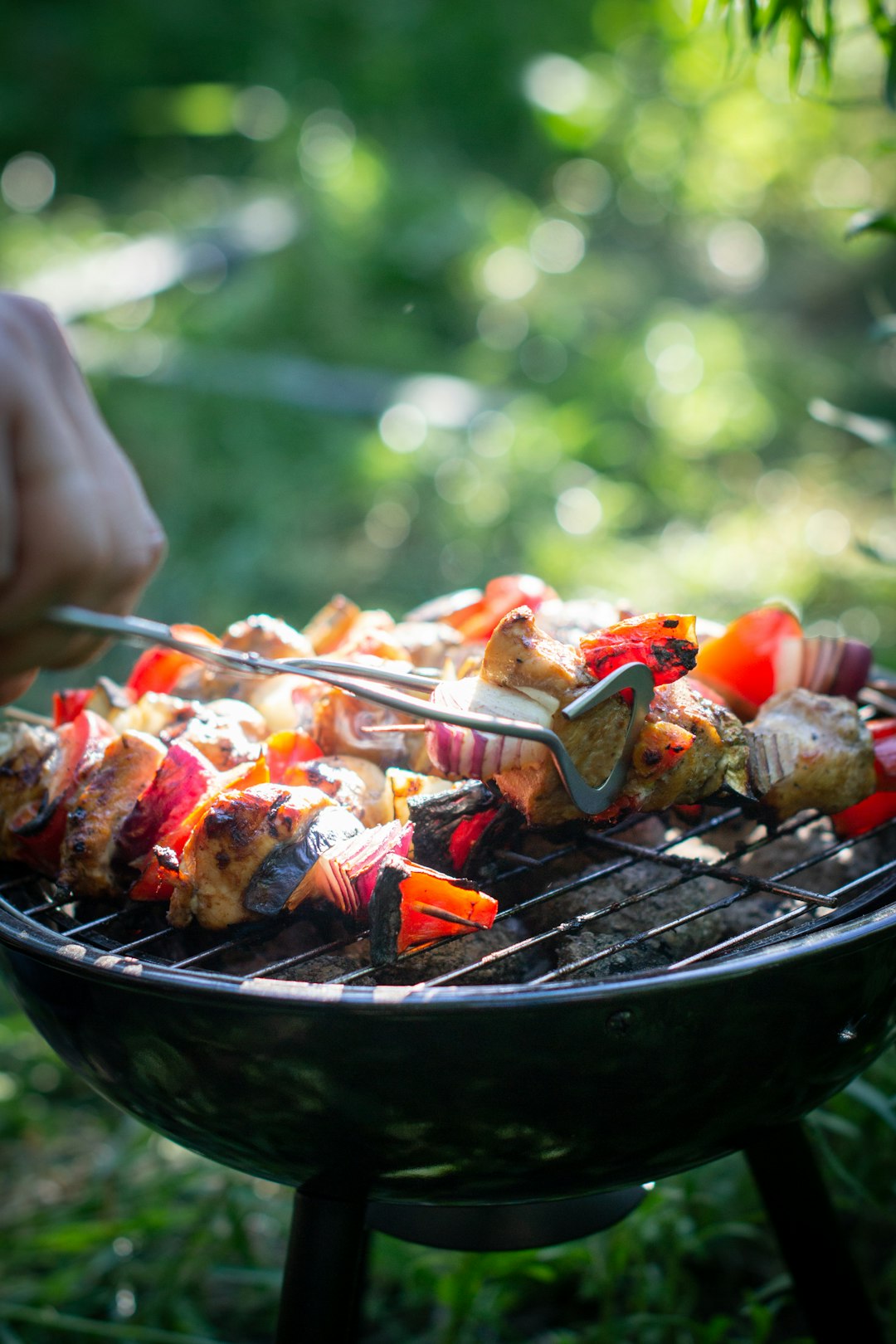
Crafting the perfect seasoning blend, or “rub,” is a key step in creating an unforgettable smoked BBQ brisket recipe at home. The rub not only enhances the natural flavors of the beef but also helps to create a delicious crust on the exterior. Start by combining coarsely ground black pepper, salt (like kosher or sea salt), garlic powder, and onion powder. These four ingredients form the foundation of many brisket rubs. Adjust the quantities based on your preference for spiciness and saltiness.
For added depth, incorporate other dried spices like paprika, cayenne pepper, and chili powder. A touch of brown sugar can also add a sweet note that complements the smoky flavors. Experiment with different combinations to create your signature rub. Remember, the key is balance—a well-blended seasoning will result in a brisket that’s mouthwatering both before and after it’s smoked.
Mastering the Smoking Process: Temperatures and Techniques
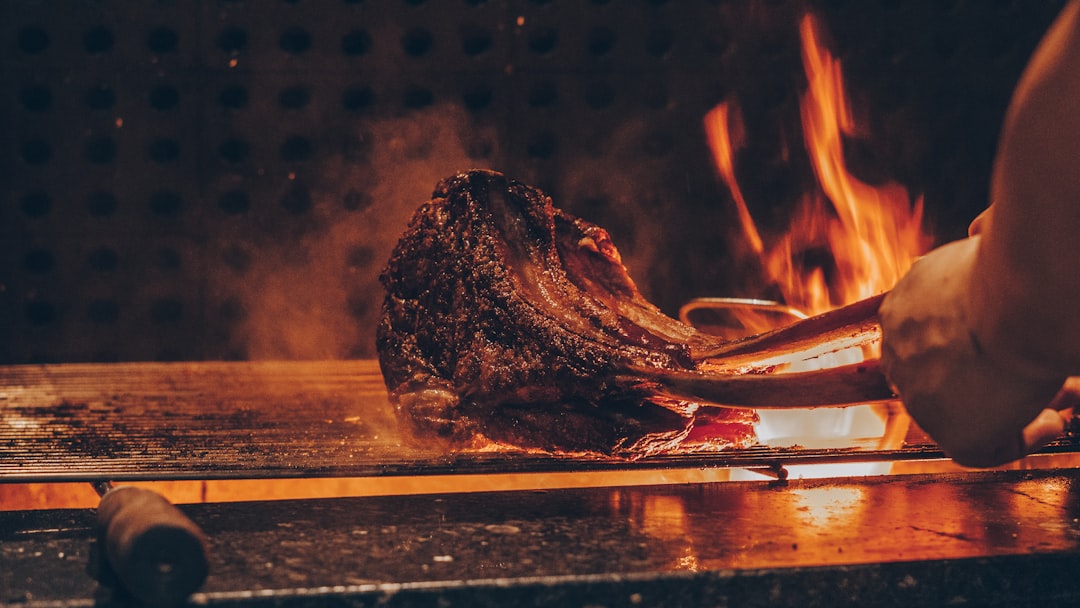
Mastering the smoking process is key to achieving perfect smoked BBQ brisket at home. The ideal temperature range for smoking brisket is between 225°F and 250°F (approximately 107°C to 121°C). This slow, low-temperature cooking method allows for even moisture retention and gentle meat tenderization. Use a reliable smoker that can maintain this consistent temperature range.
Techniques like wood selection, fuel management, and indirect heat are crucial. Different types of wood—like oak, hickory, or mesquite—offer unique flavors. Fuel management involves managing charcoal or wood chunks to maintain a steady flame, ensuring even smoking. Indirect heat cooking, where hot air circulates around the meat without directly touching it, is essential for preventing overcooking and maintaining that delicious smoky flavor.
The Art of Slow Cooking: Braising for Tender Flesh
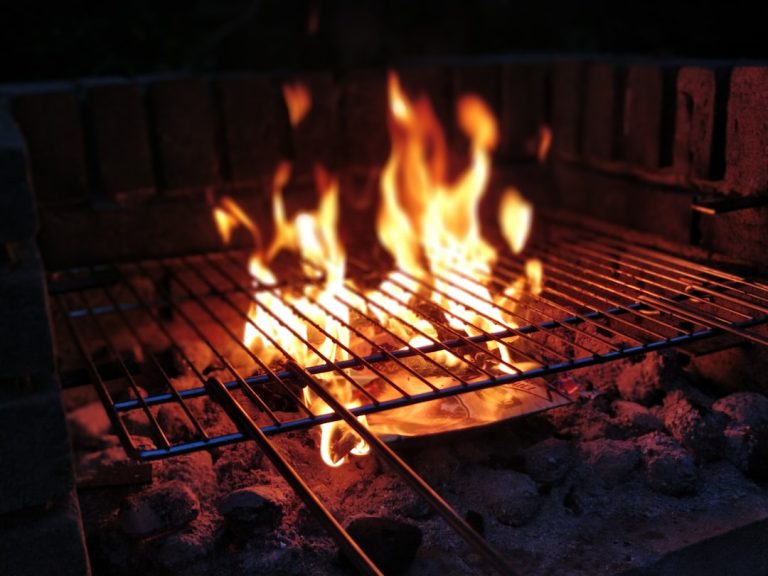
The art of smoking brisket at home lies in mastering the slow-cooking technique, a process that transforms tough cuts of meat into mouthwatering treats. Braising is a key step in achieving this culinary masterpiece, especially when it comes to brisket. This cut of beef is known for its rich marbling and robust flavor potential, but it requires patience and precise cooking methods to reach perfection.
By slowly braising the brisket, you ensure that the meat cooks evenly, allowing the collagen to break down and transform into gelatin. This process results in remarkably tender flesh that simply falls apart at the touch, a hallmark of any exceptional smoked BBQ brisket recipe. The slow cooking also intensifies the natural flavors, enhancing the smoky aroma and depth of taste that make this cut so renowned among barbecue enthusiasts.
Slicing and Serving: Presenting Your Perfect Brisket
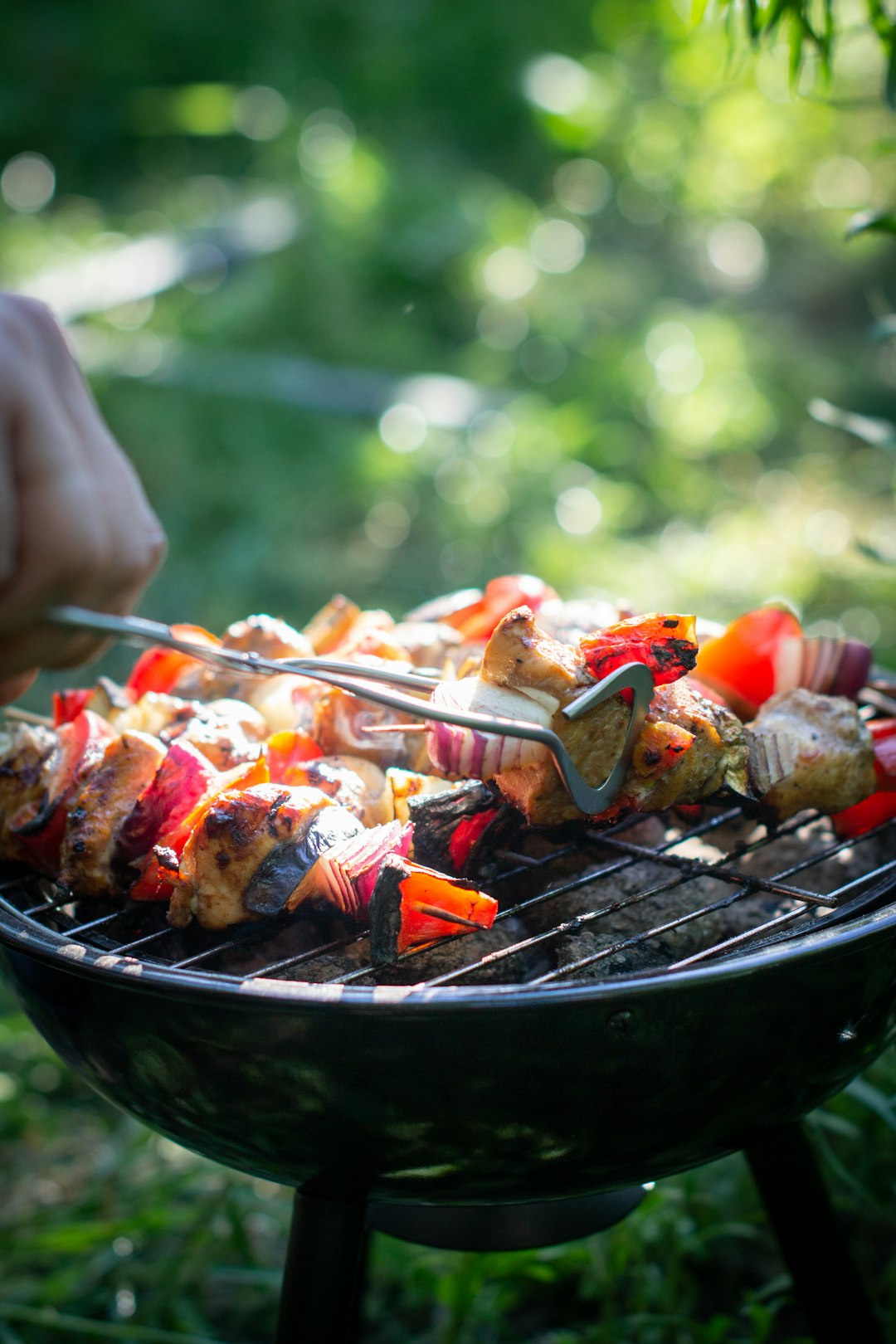
Once your smoked brisket is cooked to perfection, it’s time to slice and serve this delicious creation. Start by removing the point (the leaner end) from the flat (fattier section), as it tends to render more fat during cooking. Using a sharp knife, slice the brisket against the grain, which ensures tender and slim pieces. This method allows each bite to be both flavorful and easy to chew.
For an authentic smoked BBQ brisket recipe, consider slicing it into thin strips or small cubes. This presentation not only looks appealing but also makes it easier for guests to enjoy. You can serve it on its own, with your favorite BBQ sauce on the side, or as part of a hearty meal with other traditional sides like coleslaw and baked beans.
Pairing Suggestions: Complimentary Flavors
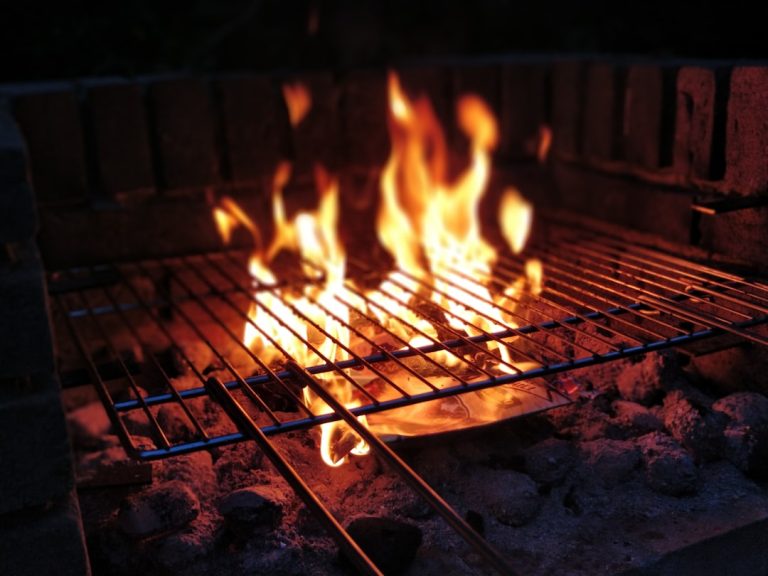
When it comes to pairing your perfectly smoked brisket with complementary flavors, there are a few key elements to consider in your Smoked BBQ Brisket Recipe. The rich, smoky taste of brisket pairs exceptionally well with strong, flavorful condiments like whole grain mustard or a spicy, homemade BBQ sauce. These additions not only enhance the meat’s natural flavors but also balance out any fattiness, making for a more satisfying bite.
For sides, opt for hearty and crunchy options that can stand up to the robust brisket. Coleslaw with a tangy dressing is always a classic choice. Baked beans, whether Kansas City-style or Texas-inspired, provide another excellent pairing. These sides not only complement the brisket but also offer a variety of textures and tastes, creating a well-rounded dining experience for any BBQ enthusiast.
Tips for Consistency: Perfection Every Time
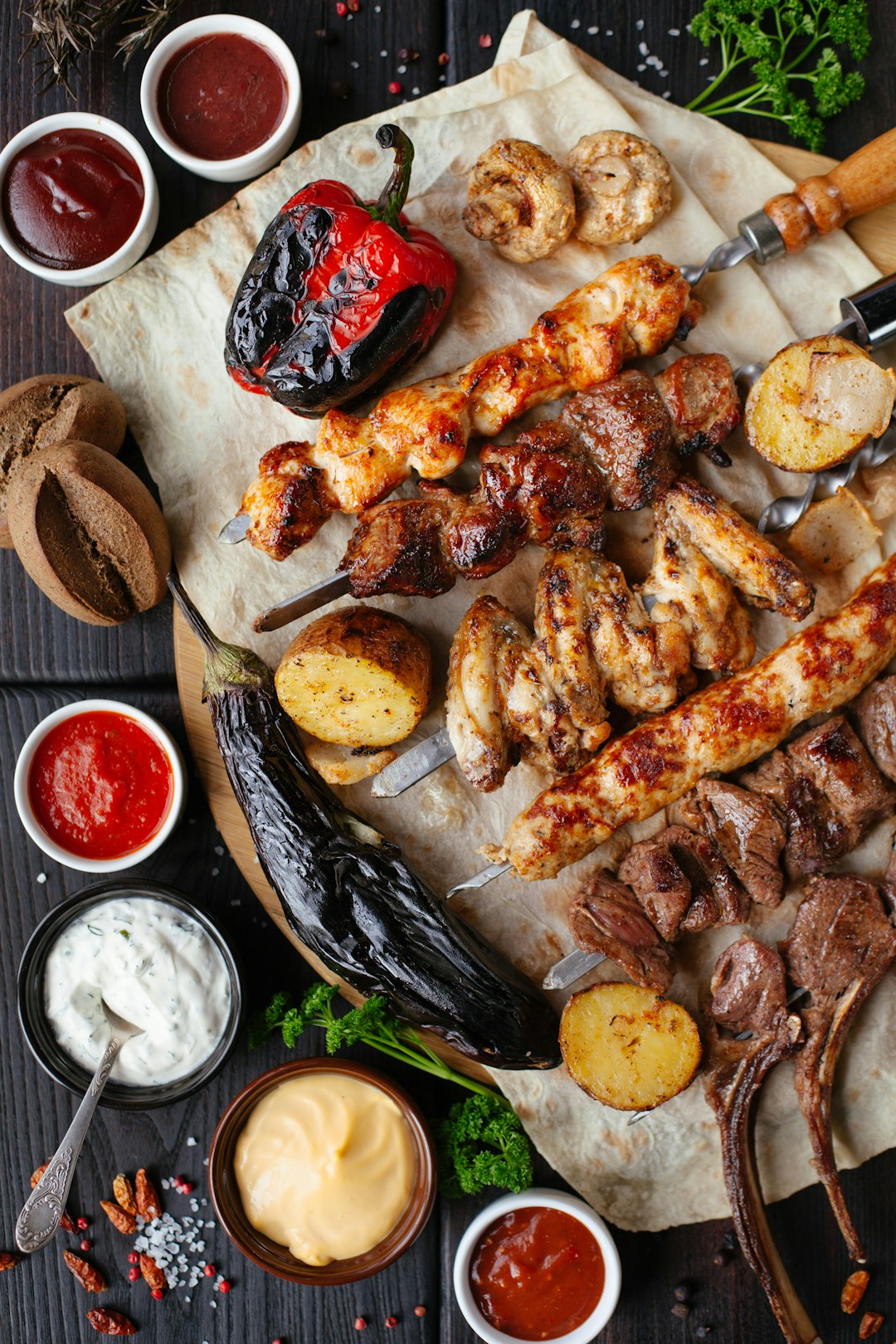
Achieving consistency with your smoked BBQ brisket recipe is key to perfection every time. One crucial tip is to invest in a reliable smoker that allows for precise temperature control and even heat distribution. This ensures your brisket cooks evenly, resulting in tender, flavorful meat. Additionally, using a good quality brisket and marinating it properly before smoking can significantly enhance the taste and texture.
Remember, timing is everything. Whether you’re smoking your brisket at a low and slow temperature or giving it a quicker char, adhering to the right cooking times will ensure doneness without overcooking. Regularly checking the internal temperature with a meat thermometer is an indispensable practice. This way, you can adjust your cooking method if needed and guarantee that your smoked BBQ brisket recipe turns out perfectly every time.
